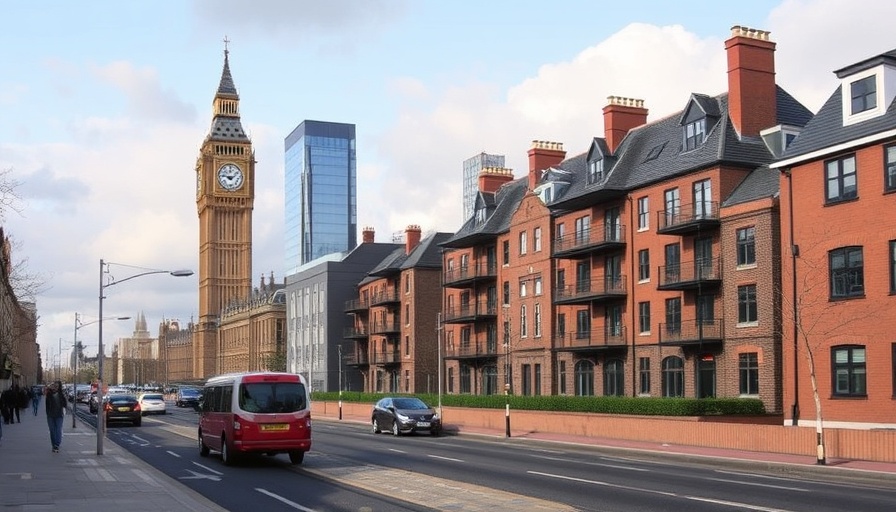
Decoding the UK Government's Planning and Infrastructure Bill
The UK Government has recently rolled out the Planning and Infrastructure Bill as a crucial step towards transforming the country’s development landscape. With the ambitious goal of fueling economic growth and expediting construction, this Bill aims to dismantle longstanding bureaucratic barriers that have been a significant roadblock for housing projects across the UK.
Streamlining Approval Processes for Swift Development
The Bill introduces a groundbreaking national scheme of delegation, which will clarify which types of planning applications can be swiftly processed by local officers, thereby reducing the burdensome delays often attributed to extensive committee approvals. Local councils will now gain the autonomy to set their planning fees, aiming to address a staggering £362 million deficit within the planning system. This new revenue generation is expected to fund improved planning services, ultimately increasing the processing speed of applications.
Enhancing Regional Collaboration: A Foundation for Sustainable Growth
A notable aspect of the Bill is its emphasis on strategic planning and regional collaboration. By introducing spatial development strategies across England, local planning authorities are encouraged to work together, identifying optimal locations for sustainable development. This coordinated approach not only aligns housing needs with community infrastructure but also aims to ensure resilience in planning approaches.
Environmental Responsibility at the Forefront of Development
Additionally, the Bill distinguishes itself by prioritizing environmental sustainability. The establishment of a Nature Restoration Fund signifies a commitment towards pooling resources for larger-scale ecological projects. This fund supports developers in meeting their environmental obligations efficiently, ensuring that rapid development does not come at the expense of ecological integrity.
Real-Life Impacts: Homeowners in London and Beyond
For homeowners in the London area, the implications of this Bill are manifold. The expedited planning process means that potential homeowners and renovators can expect streamlined timelines for their developments. As planning delays ease, the hope is that the housing market within London will become more accessible, alleviating pressures on inventory and driving prices to become more competitive.
Potential Risks and Challenges Ahead
While the Planning and Infrastructure Bill promises efficiency and growth, it is imperative to address potential risks that could accompany this ambitious framework. Critics have voiced concerns regarding how skills shortages among planning committee members might hinder effective implementation of the Bill's provisions. Without adequate training and support, the efficacy of the streamlined processes could be undermined, preventing the desired outcomes of rapid development and economic uplift.
What Homeowners Should Know
Homeowners in London are encouraged to stay informed about the ongoing developments surrounding the Planning and Infrastructure Bill and understand how these changes may directly affect their property developments. Engaging with local representatives and staying updated on community planning meetings could provide insights into forthcoming developments that could impact their neighborhoods positively.
As the UK Government pivots towards a more dynamic approach to planning and development, the true test will be in the execution and effectiveness of this Bill. Homeowners should remain vigilant, as the legislation evolves, to ensure they can leverage its provisions for their advantage as the housing landscape shifts.
 Add Row
Add Row  Add
Add 




Write A Comment